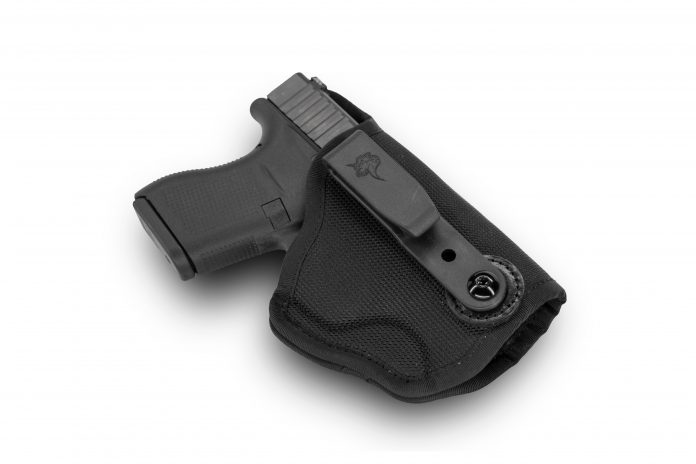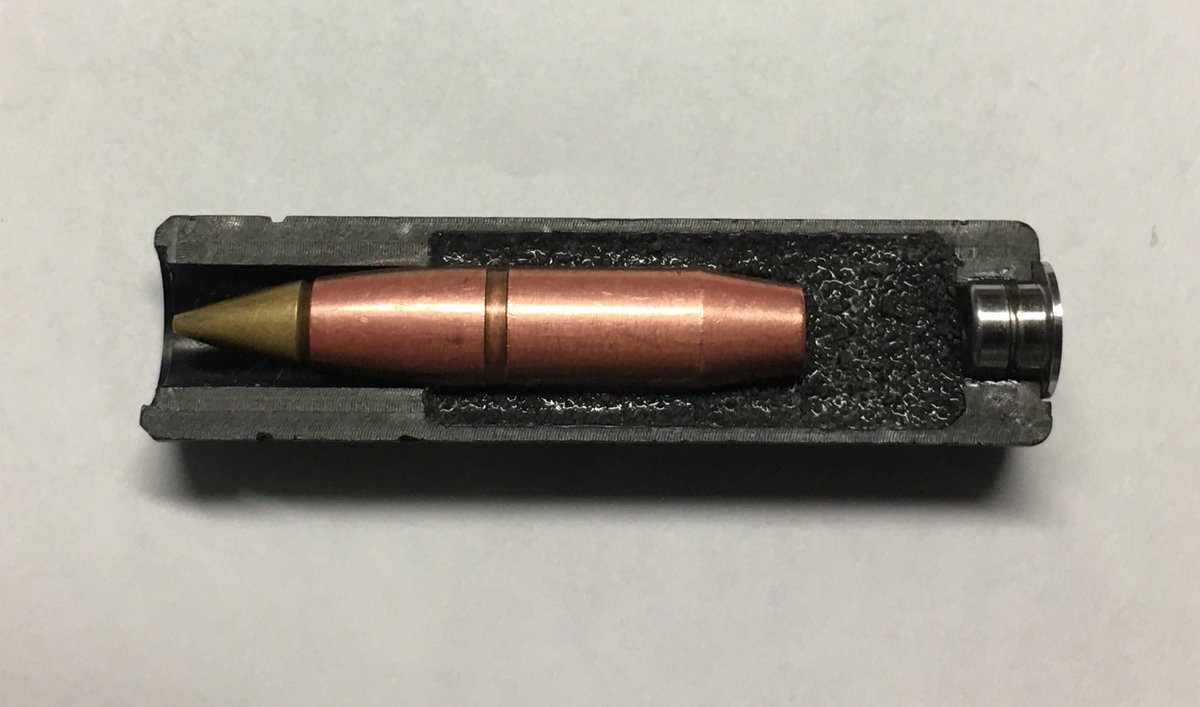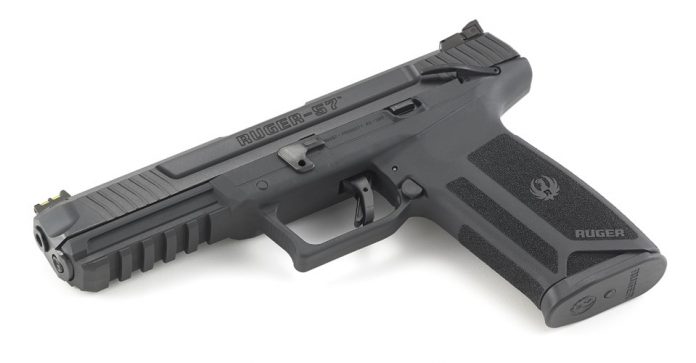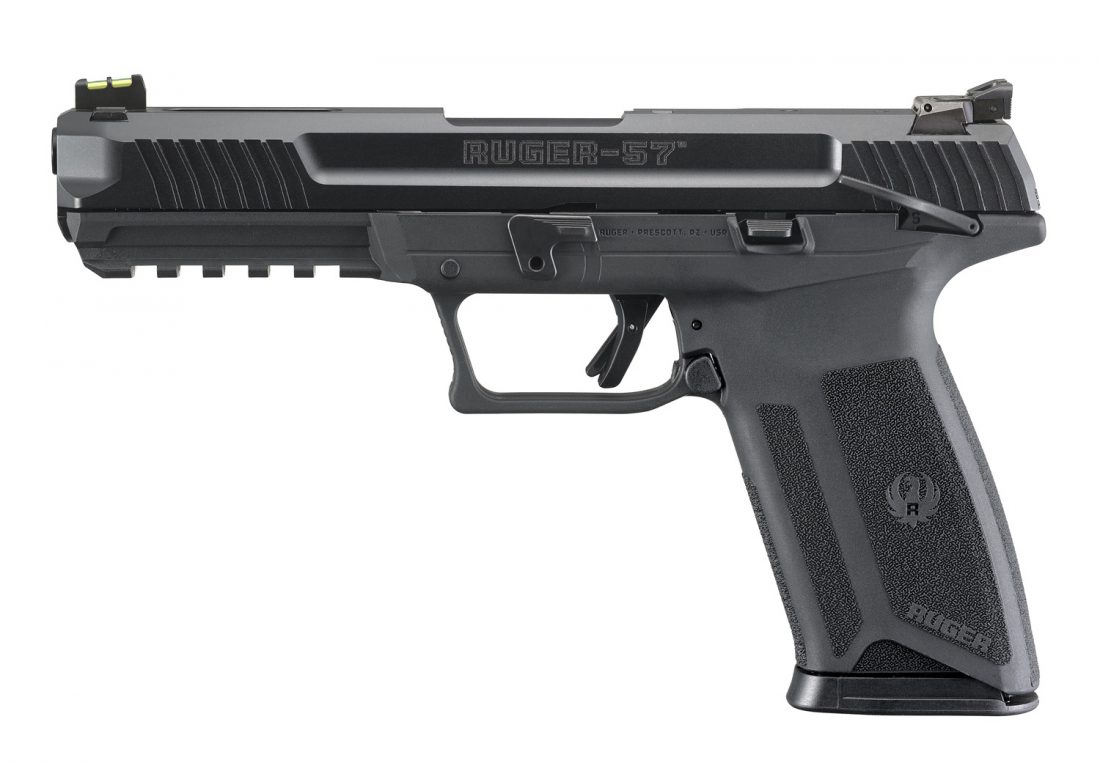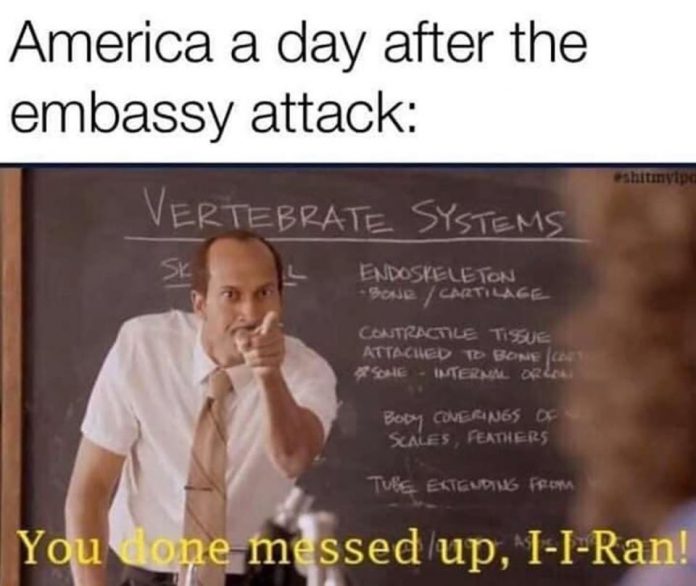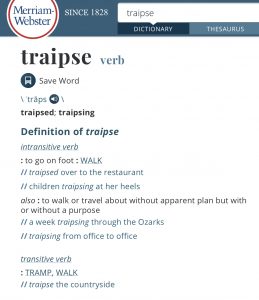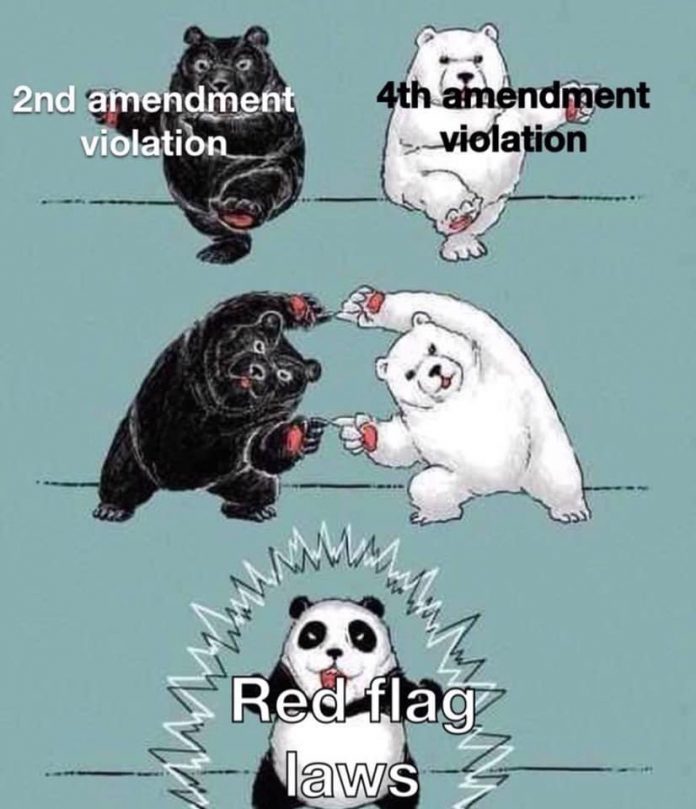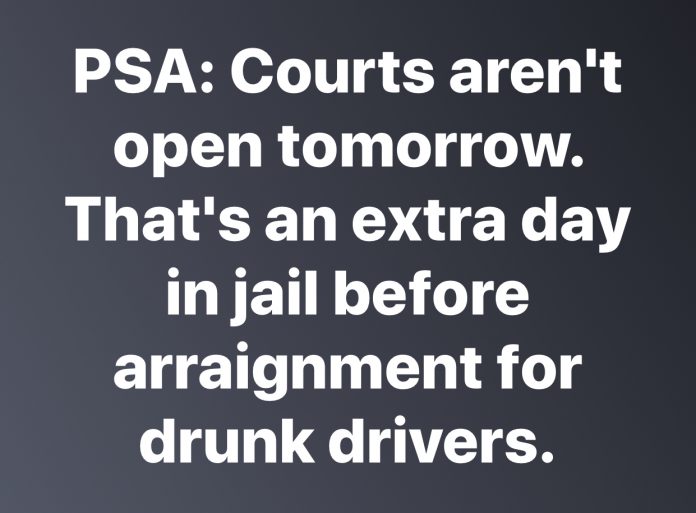Those who seek to disarm us have an uncanny ability to ignore reality. The Richmond Times Dispatch piece by Josh Horowitz, the executive director of the Coalition to Stop Gun Violence, plumbs new depths of distortion on the road to the opening of the 2020 Virginia General Assembly, accusing law-abiding gun owners of all manner of mayhem. Unsurprisingly, all the supposed sins of the gun owners were committed instead by his liberal cronies.
The piece opens with misdirection:
“On Nov. 5, gun violence prevention won in Virginia. The issue propelled Democrats to complete control in the commonwealth. For more than a decade, efforts to strengthen Virginia’s weak gun laws and prevent the more than 1,000 annual gun deaths in the Commonwealth have been rejected, dismissed and ignored by Republicans and their extremist allies in the gun lobby.”
What is “gun violence prevention”? To a gun owner, the rules of gun safety and safe storage when not in use so exist to ensure that guns can be used safely. This supposed “issue” didn’t propel anything, Bloomberg’$ million$ did. This was a midyear election and sadly our side didn’t show up. “Strong” gun laws endanger civilians by creating more “gun free” zones and more restrictions on concealed carry.
He then rolls out the tired list of virtue-signaling interventions that do nothing but infringe on gun owners:
“Virginia needs universal background checks, extreme risk laws and other policies that will keep our families, schools and communities safe.”
Although the Governor’s public standing has swung from “must resign” to “all good here”, he is at least consistent in that his proposed infringements would have done nothing to stop the tragedies that ostensibly inspired them.
Horowitz then pouts about gun owners copying his side’s playbook:
“Those jurisdictions that support the concept of Second Amendment sanctuaries have publicly stated that they will not enforce or abide by state laws — in this case, gun violence prevention laws — that they, not a court, consider unconstitutional. In essence, they will not follow or respect the rule of law. They will not comply with democratic norms. They are ready to dismiss elections entirely and rely instead on mob rule, intimidation and heavily armed anarchy.”
Let’s add some local context about law enforcement. Several local prosecutors have thumbed their noses at our marijuana laws, either by continuing cases without findings before dropping them, or not pursuing them at all. It is the policy of northern Virginia counties to not cooperate with ICE detainers. Where does he think that Second Amendment supporters got the idea of “sanctuary”? From other liberal politicians who have been obstructing criminal investigations by offering “sanctuary” to illegal immigrants. Now that we are using this to uphold a Constitutionally enumerated right, the gun grabbers yell foul.
Then came outright lies accusing uncompromising gun owners of treason:
“The rhetoric surrounding Second Amendment sanctuaries is morphing in a disturbing way. It is becoming more radical and dangerous for the citizens of Virginia. There are now localities discussing deputizing members of their citizenry to rise up against the state government. Anti-government rhetoric is being spread on gun message boards and blogs about the impending armed uprising against gun violence prevention champion Gov. Ralph Northam, House and Senate leadership, and the new Democratic majorities.”
Culpepper County Sheriff Scott Jenkins stated he would deputize county residents so that they could keep their guns—not to rise up against state government. No uprising is being planned, armed or otherwise. In fact, even though it is entirely lawful to carry long guns to the Assembly, the Virginia Citizens Defense League—the no-compromise statewide advocacy group—has attendees not to bring guns to the Capitol for Lobby Day. From VCDL President Phil Van Cleave:
“Long Guns
“If you are asking how you can help with VCDL’s mission, carrying long guns at Lobby Day is not helpful—it is a distraction. VCDL’s important messages inevitably get lost as the press rushes to get pictures of anyone carrying an AR or AK. The stories then become about the rifle, not VCDL’s agenda. You can set your watch by it. Long guns are not easy to carry in a crowd, either. VCDL needs its voice heard loud and clear in order to able to stop the onslaught of gun-control bills.”
Regarding rhetoric, let’s remember who is doing the escalating. First, the Governor suggested that outright confiscation was in the works:
“When asked directly about whether he is supportive of confiscating ‘assault weapons from gun owners’ Northam replied, ‘That’s something I’m working [on] with our secretary of public safety. I’ll work with the gun violence activists, and we’ll work [on] that. I don’t have a definitely plan today.’ “
Then Congressman McEachen suggested that the National Guard could enforce gun control laws the Assembly passes:
“I’m not the governor, but the governor may have to nationalize the National Guard to enforce the law. That’s his call, because I don’t know how serious these counties are and how severe the violations of law will be. But that’s obviously an option he has.”
If Horowitz attended a Second Amendment Sanctuary Hearing before a county Board of Supervisors, he’d see how orderly consideration is being given. For example, in Prince Edward County, the Board established clear ground rules for the 650 attendees: three minutes per speaker, and an equal number of speakers for and against (15 each). After finding only seven who would speak against, the board cut off further comment, and read two proposals. One was more worded more compellingly than the other. A majority voted for the stronger of the two. There were no threats of violence, merely serious civic engagement.
Virginia’s government needs to be guided by facts, not ideology. Violent crime using guns is endemic to inner city areas where gangs and the drug trade thrive. Disarming law abiding law-abiding citizens will puts them at greater risk. The risk of suicide by gun (or any means) requires mental health interventions, because disarmed persons with suicidal ideation can find other means.
Please come to two Virginia Gun Lobby Days coming shortly: with the NRA on January 13 and with VCDL on January 20.
Stopping authoritarian government from stealing our natural rights does not come as a gift or easily, ever. Do not back down!
.
.

–Dennis Petrocelli, MD is a clinical and forensic psychiatrist who has practiced for nearly 20 years in Virginia. He took up shooting in 2019 for mind-body training and self-defense, and is in the fight for Virginians’ gun rights.
All DRGO articles by Dennis Petrocelli, MD



